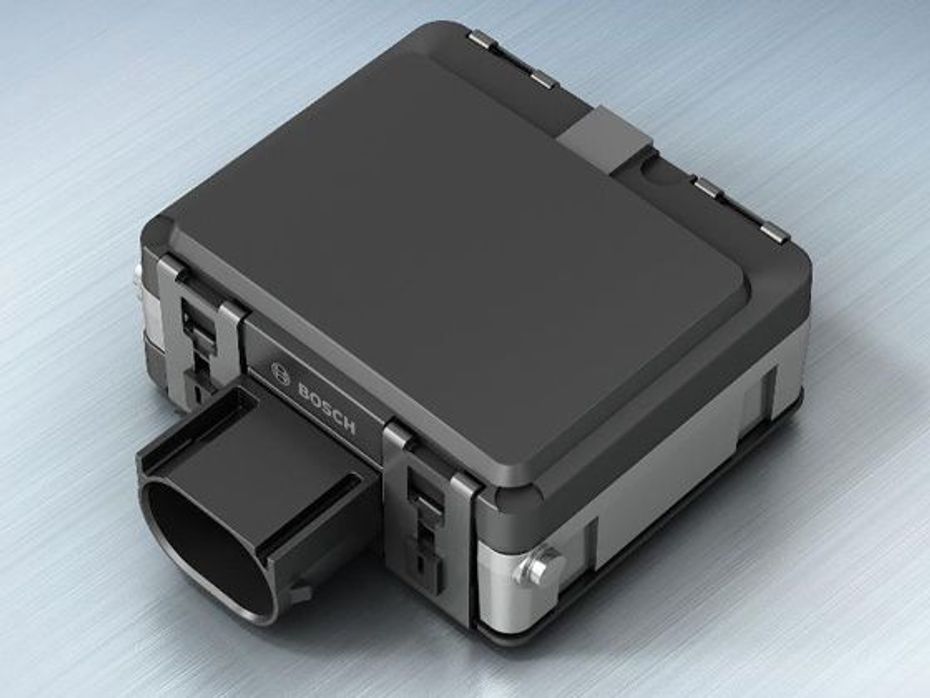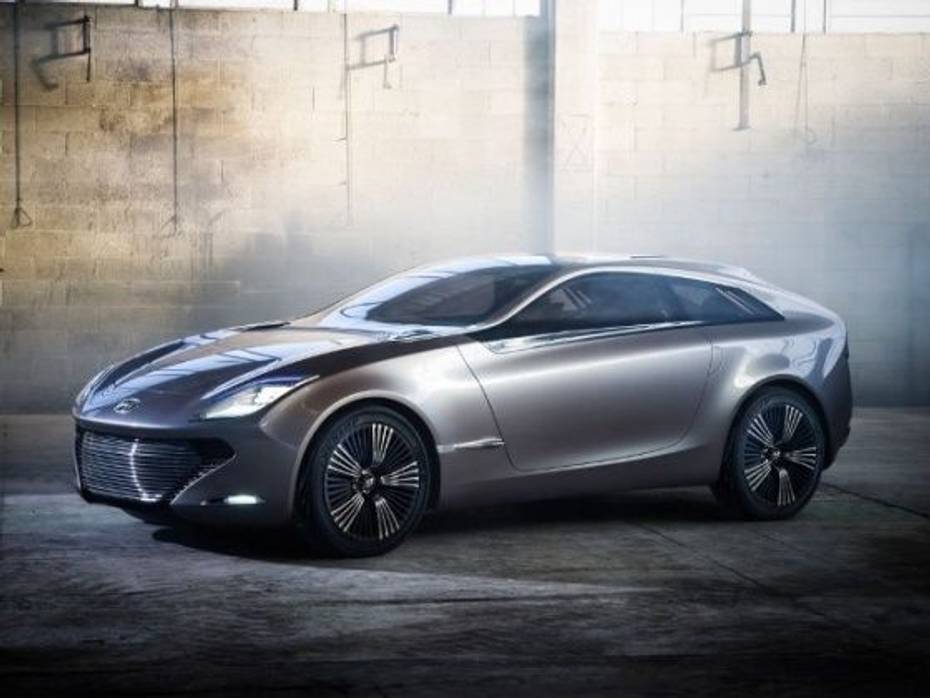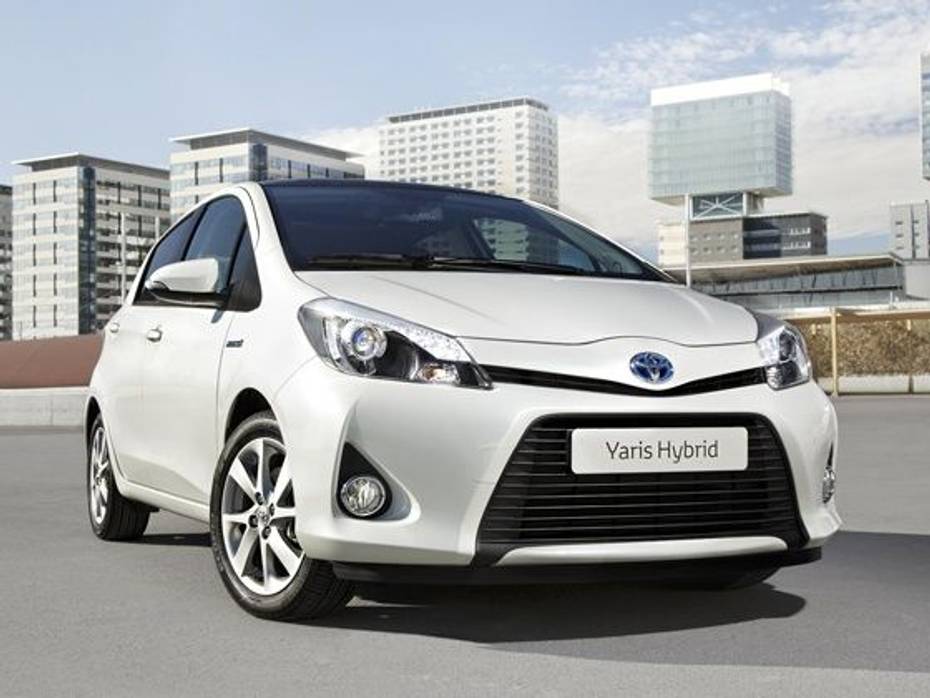
Renault Extends Standard Warranty On Kwid, Triber, And Kiger To 3...
- Dec 30, 2024
- Views : 30394


Concerns about environmental pollution caused by automobiles have resulted in hybrid and electric vehicles to cut down or negate tailpipe emissions altogether. While all that is well and good, petrolheads do not favour this movement, largely because most of those vehicles are hardly any good when it comes to driving pleasure.
There is, however, another way of looking at the whole concept of eco motoring. Of all the green technology incorporated in eco-friendly vehicles, some are quite good and can be integrated in proper driver’s cars.
Take the concept of regenerative braking, for example. It was originally incorporated in electric and hybrid vehicles to generate electricity while braking, which can be later used to power the car again.

To understand how regenerative braking works, let’s discuss mechanical brakes for a bit. Disc brakes today comprise a rotor/brake disc (big, circular disc mounted on the axle just after the wheel hub), high friction metal brake pads and brake calipers with pistons.

Here is how disc brakes work:
When you step on the brake pedal in a car with disc brakes, hydraulic brake fluid creates pressure on the pistons in the brake caliper forcing the brake pads against the rotor/brake disc. This slows the circular motion of the wheel hub and the wheel attached to it.
According to physics, energy can never be destroyed, it is merely transferred from one form to another. The friction generated from the brake pads depressed against the moving brake disc/rotor (kinetic energy) to bring the car to a halt simply dissipates as heat from the brake pads and rotor/disc brake. This, as you can understand, is a waste of energy.
Back to regenerative braking system, in electric cars and hybrids traditional disc brakes exist to stop the car at high speeds.
However, in stop-and-go-traffic, the electric motor which converts electrical energy from the batteries to mechanical energy by rotating and turning the wheels of the car can be made to rotate the other way using the vehicle’s momentum. When the electric motor rotates backwards, it generates electricity that is sent back to the batteries, in turn charging them. This is called regenerative braking. As you can now understand, regenerative braking gives electric vehicles and hybrids more electricity to further their driving range.

While all this is well and good, what good has regenerative braking done to make motoring better for the petrolhead? The answer to this lies with Mazda for now.
Mazda’s i-ELOOP system uses a capacitor that can store large amounts of electricity from energy otherwise lost in the form of heat from the brakes. This energy is then used to power various electrical components in the car as well as the air-conditioning system. In real-world terms this results in approximately 10 percent higher fuel efficiency during stop-and-go traffic. For petrolheads, this means increased driving pleasure thanks to the fuel saved in traffic.
Mazda’s i-ELOOP system is the first regenerative braking system for passenger vehicles with conventional internal combustion engines. The technology is likely to feature in production-ready Mazda vehicles by late 2012.
The petrolhead community is sincerely hoping that Mazda works out a way to incorporate Formula One style Kinetic Energy Recuperation System (KERS) in road cars in the near future.

Renault Extends Standard Warranty On Kwid, Triber, And Kiger To 3...

Is The Kia Syros More Compelling Than The Best-selling Hyundai Creta?

Auto Expo 2025 - All You Want To Know About The Hottest Auto Show!

Hyundai Creta Electric REVEALED Ahead Of Auto Expo 2025! Here’s...

Upcoming Maruti Suzuki Cars Expected In 2025: e Vitara, Baleno...

Here Is The List Of All Tata Cars Likely To Be Launched In 2025

Mahindra BE 6 Launched: Price For The Top-spec Variant Is Out!

Upcoming Mahindra Cars Expected in 2025: XUV 4XO, Thar Facelift, BE...

JSW MG Motor India Revealed Their New SUV, The MG Majestor At Auto...
India's largest automotive community
 Here Is A List Of SUVs Coming To The Indian Market In 2025
Here Is A List Of SUVs Coming To The Indian Market In 2025
 Check Out The List Of The Top 5 SUVs Showcased At The Auto Expo 2025
Check Out The List Of The Top 5 SUVs Showcased At The Auto Expo 2025
 Auto Expo 2025: Toyota Hilux Black Edition Explained In 10 Images
Auto Expo 2025: Toyota Hilux Black Edition Explained In 10 Images
 India’s Most Affordable Car, The Vayve Eva Is Priced From Rs 3.25 Lakh! Here Is A Look At All Of Its Variants!
India’s Most Affordable Car, The Vayve Eva Is Priced From Rs 3.25 Lakh! Here Is A Look At All Of Its Variants!
 Vayve Mobility Eva
Rs. 3.25 Lakh
Vayve Mobility Eva
Rs. 3.25 Lakh
 BMW X3
Rs. 75.80 Lakh
BMW X3
Rs. 75.80 Lakh
 Hyundai Creta Electric
Rs. 17.99 Lakh
Hyundai Creta Electric
Rs. 17.99 Lakh
 Lotus Emira
Rs. 3.22 Crore
Lotus Emira
Rs. 3.22 Crore
 Lotus Emeya
Rs. 2.33 Crore
Lotus Emeya
Rs. 2.33 Crore